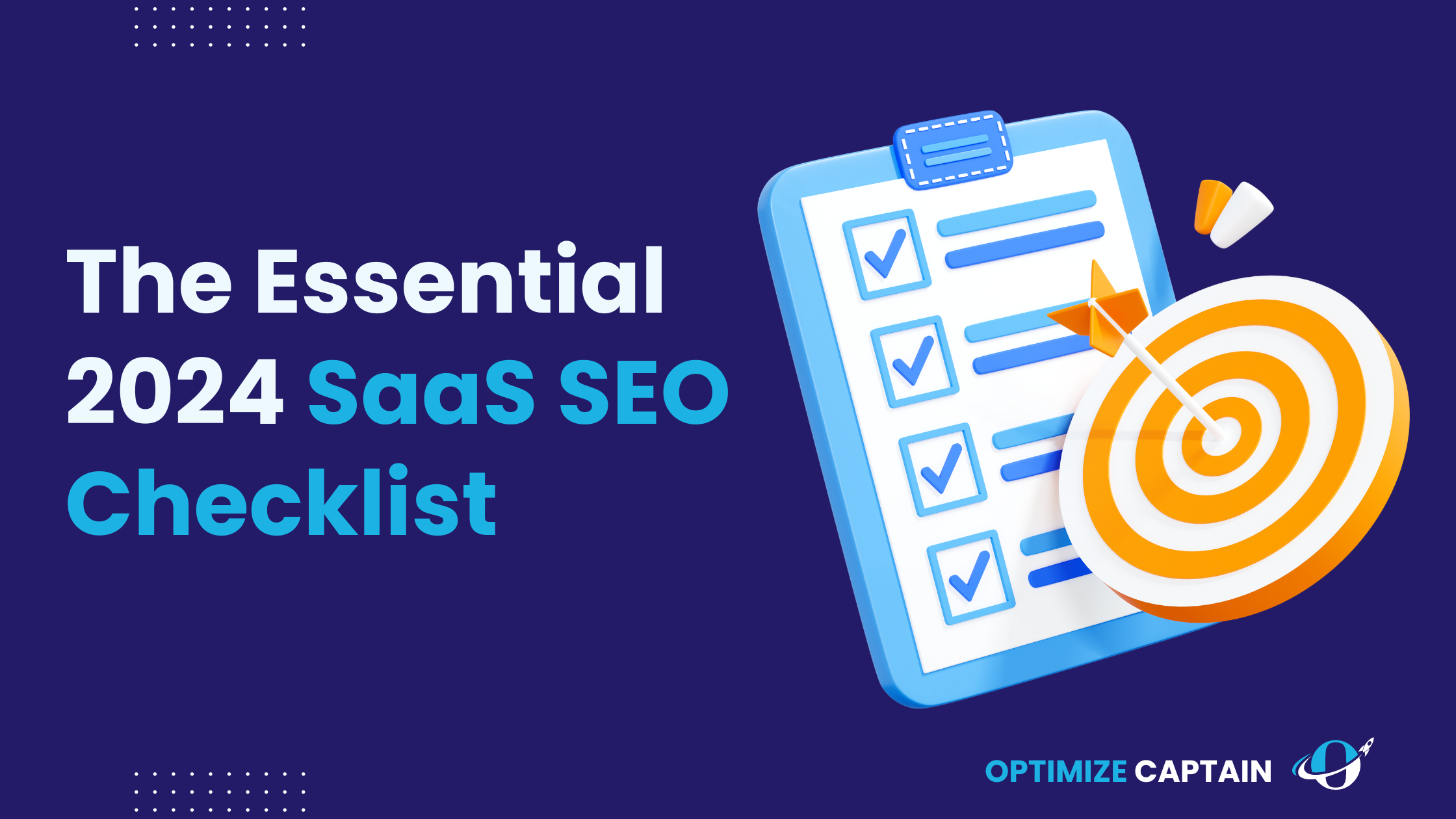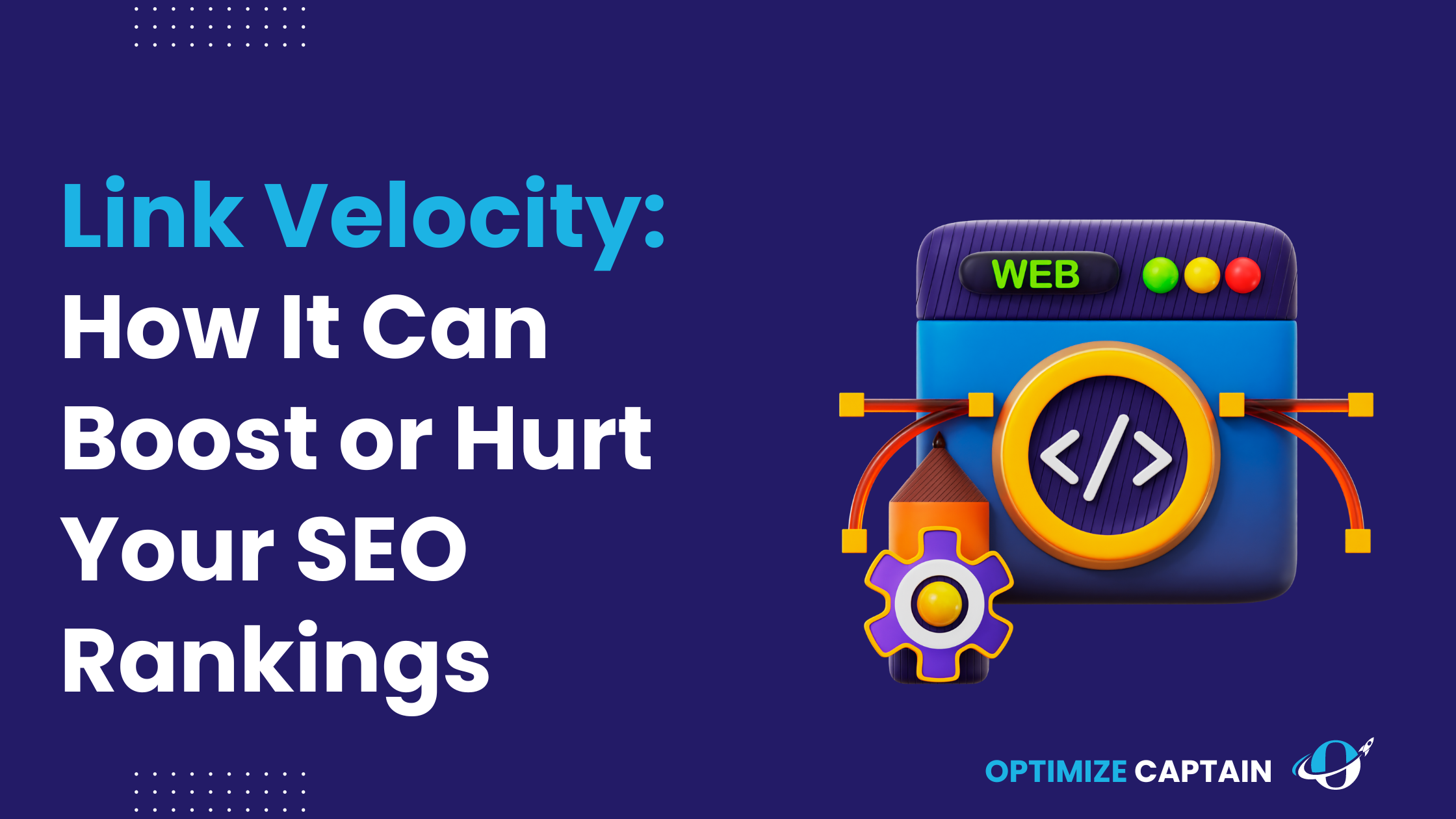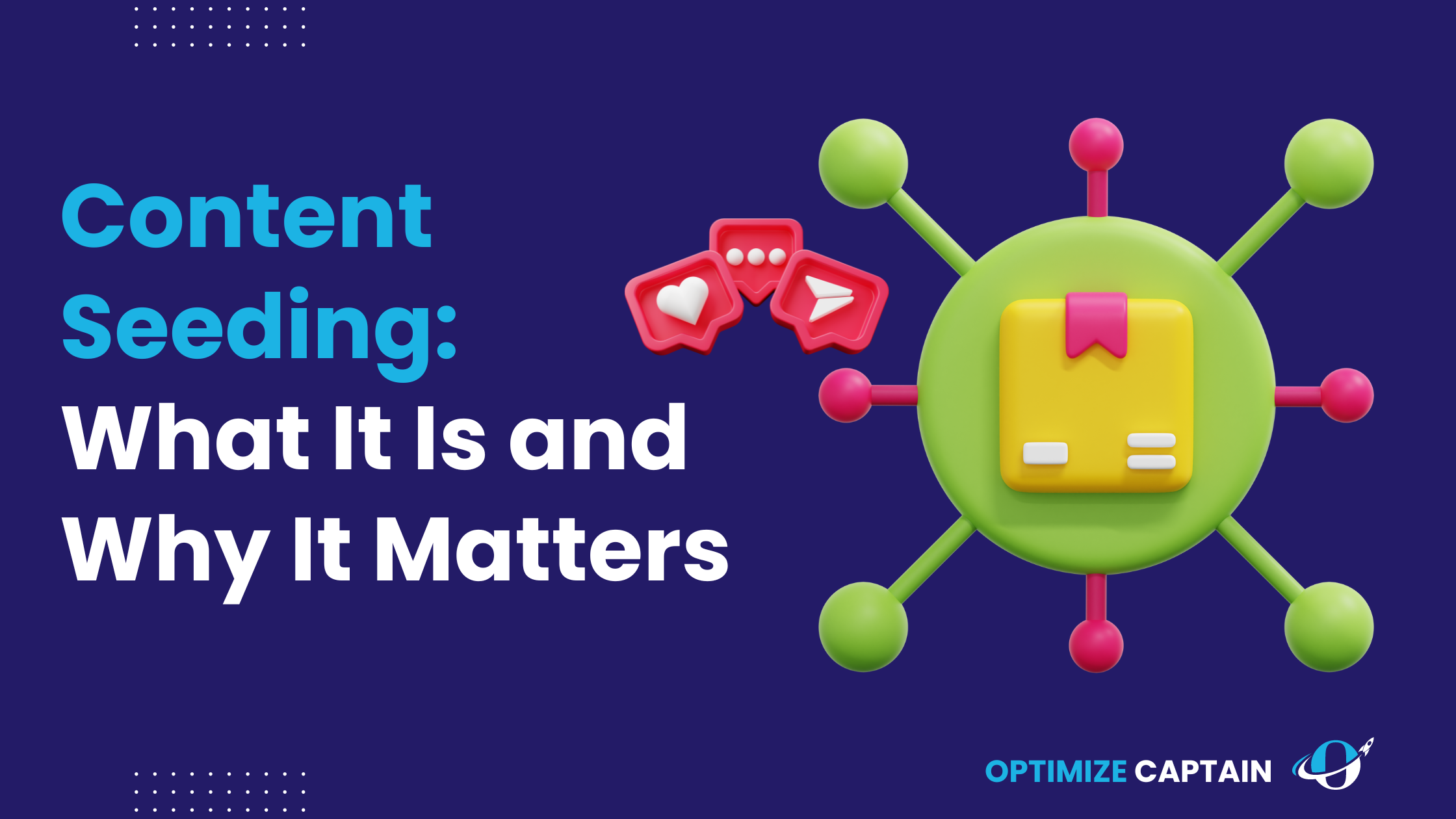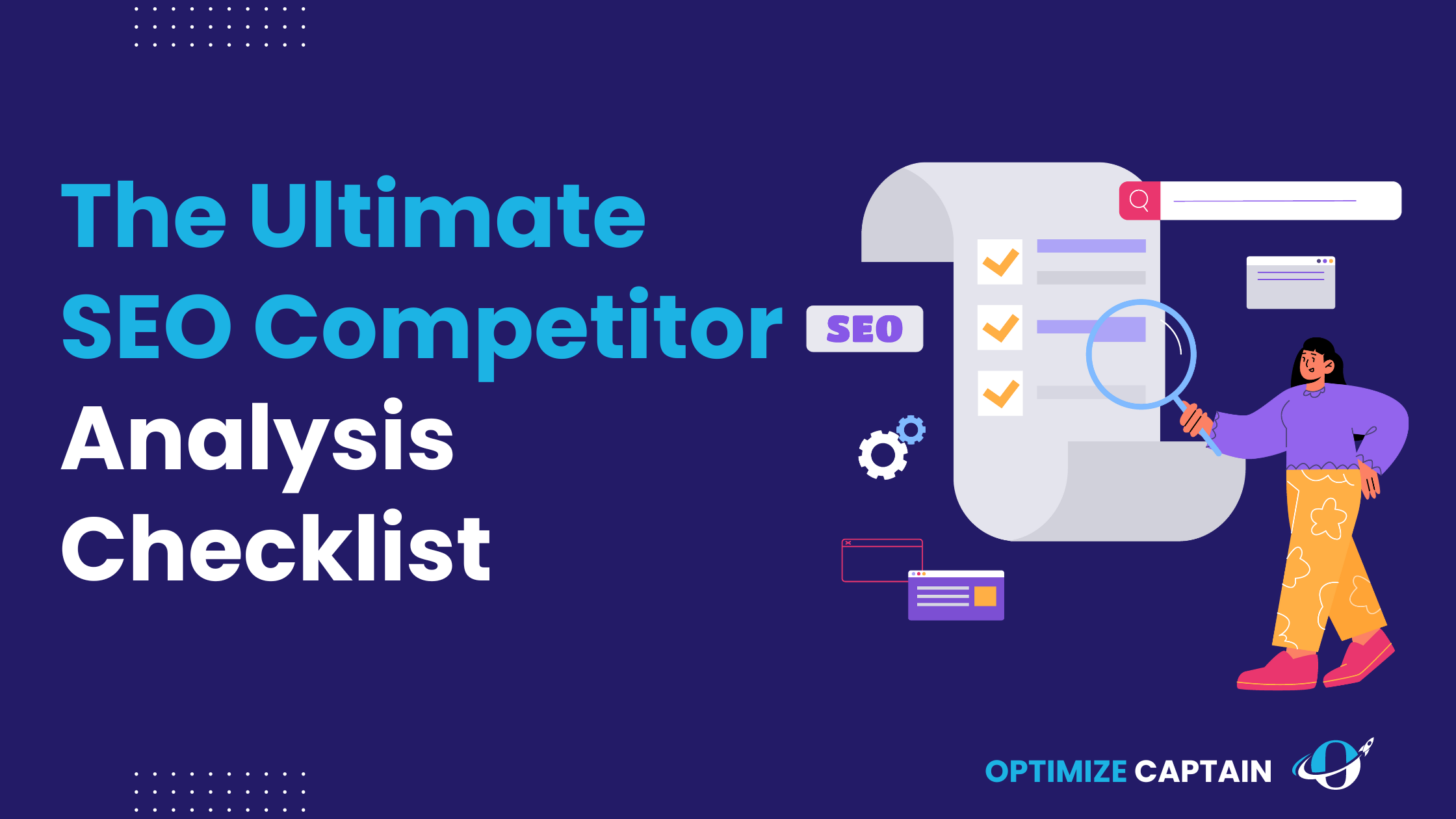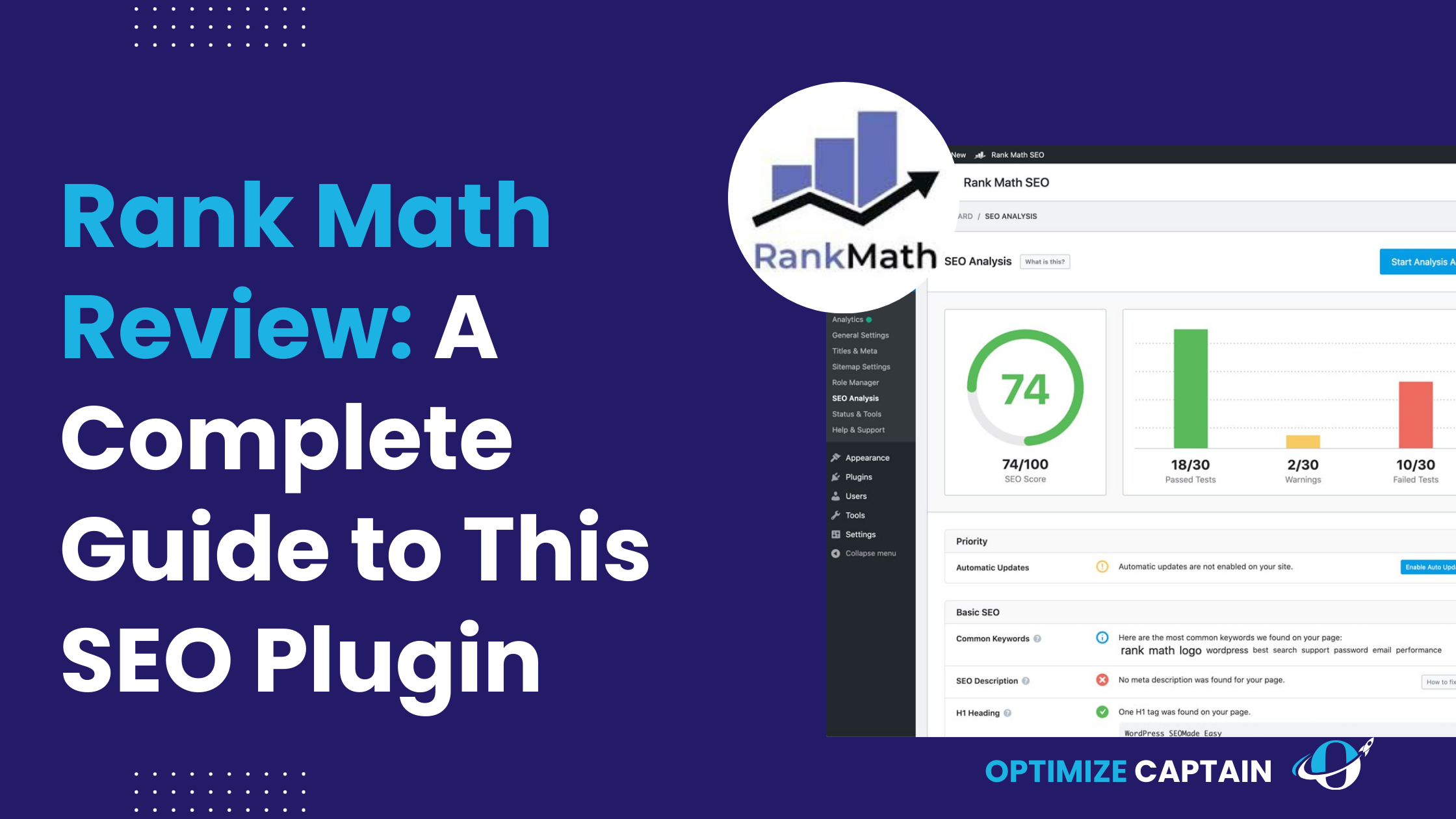Let’s face it: your SaaS product is a game-changer. It streamlines workflows, automates tedious tasks, and empowers businesses to achieve greatness. But if potential customers can’t find it buried under an avalanche of competitors in search results, all that potential goes to waste. That’s where SEO swoops in, like a digital superhero, to propel your SaaS product to the top of search rankings and connect you with the leads you deserve.
Keeping pace can feel like chasing a moving target in today’s ever-evolving SEO landscape. But fear not, fellow SaaS warriors! This comprehensive guide equips you with the ultimate 2024 SaaS SEO Checklist: a roadmap to navigate the complexities of search engine optimization and ensure your product dominates search results. Here’s why a well-planned SEO strategy is mission-critical for SaaS businesses in 2024:
- The Organic Traffic Powerhouse: Studies show that 61% of all website traffic stems from organic searches. That’s a goldmine of potential customers actively seeking the solutions you provide! Imagine the influx of qualified leads if your SaaS product appears at the top of relevant searches.
- Cutting through the SaaS Scramble: The SaaS landscape is a competitive battlefield. SEO empowers you to rise above the noise and get discovered by those actively searching for the magic your product offers. Think of it as your secret weapon for attracting attention – a digital spotlight that illuminates your product’s value proposition.
- Building Trust and Authority: Ranking high in search results translates to trust and credibility. When your SaaS product consistently appears at the top of relevant searches, it tells users you’re a leader in your space – a trusted advisor with the key to their problems.
Now, let’s dive into the heart of the matter: The Essential 2024 SaaS SEO Checklist!
The Essential 2024 SaaS SEO Checklist

A. Keyword Research and Targeting:
Keywords are the bedrock of your SEO Strategy. They are like the magic words that potential customers use to unlock the door to your solution online. Keyword research is about identifying the right keywords to connect you with your target audience. Here’s how to find the golden nuggets that unlock organic traffic:
- Walk a Mile in Your Customer’s Shoes: Put yourself in the shoes of your ideal customer. What challenges are they facing? What kind of language do they use when searching for solutions online? Tools like Google Keyword Planner and competitor analysis are your secret weapons. Take a page out of Grammarly’s playbook – they don’t just target “grammar checker,” they target keywords like “how to improve writing skills online,” understanding their audience’s specific needs.
- Targeting Different Stages of the Buyer’s Journey: Not all searches are created equal. Some users might be in the early awareness stage, simply browsing for information (“best marketing automation tools”). Others might be closer to a decision (“marketing automation tools pricing”). Consider a mix of keywords that cater to both ends of the funnel, just like HubSpot does with blog posts targeting “marketing automation for beginners” and “marketing automation ROI.”
B. Content Marketing for SaaS Business
High-quality content is the lifeblood of any successful SEO strategy. In the world of SaaS, content creation goes beyond dry product descriptions – it’s about establishing yourself as a thought leader and a trusted resource. Here’s how to create content that not only informs but also ranks:
- Content Variety is Key: Don’t just churn out blog posts. Explore different formats like case studies showcasing how your product helped real customers achieve amazing results, white papers diving deep into industry trends, or even infographics for easy-to-digest data. Think of companies like Canva – they offer a treasure trove of design tutorials, blog posts on design trends, and inspirational templates, establishing themselves as the go-to resource for all things design.
- Keyword Optimization, Not Stuffing: Weave your target keywords naturally throughout your content, but avoid keyword stuffing that reads unnaturally and hurts your SEO score. Focus on creating valuable content that addresses your audience’s needs and pain points. Think of tools like Ahrefs – their blog is packed with informative content targeting relevant keywords like “SEO best practices,” but the content is written for humans, not search engines.
- Title Tags and Meta Descriptions Matter: These are the first snippets users see in search results. Craft compelling titles and descriptions that accurately reflect your content and entice users to click. Think of it as your digital storefront window – make it clear, concise, and irresistible.
C. On-Page SEO for SaaS Websites
On-page SEO focuses on optimizing the elements within your website to improve search engine visibility. Think of it as meticulously polishing your digital storefront to make it shine in the eyes of search engines:
- The Power of Page Titles and Headings: Include your target keywords in your page titles (H1 tags) and subheadings (H2, H3 tags) for better organization and search engine clarity. Imagine a user searching for “customer relationship management software.” Your landing page title could be “Boost Customer Relationships with [Your CRM Software Name],” with H2 subheadings like “Features” and “Benefits.”
- Image Optimization is Not Optional: Don’t just throw random pictures on your website. Use relevant images and optimize them with descriptive alt text containing your target keywords. This improves accessibility for visually impaired users and tells search engines what your images are about. Think of companies like Dropbox – their website features high-quality visuals with relevant alt text, like “secure cloud storage for businesses.”
- Internal Linking: Building Bridges Within Your Website: Link relevant pages on your website to each other. This helps search engines understand the structure of your site and improve user navigation, which can indirectly boost SEO. Imagine a blog post about “remote work productivity tips.” You could link it to your landing page for a project management tool that helps streamline remote workflows.
D. Technical SEO for SaaS Websites
Technical SEO is the foundation of a great user experience that ensures your website is technically sound and functions flawlessly for both users and search engines. Think of it as building a sturdy foundation for your digital home:
- Website Speed is King: In today’s fast-paced world, users expect websites to load lightning-fast. Slow loading times not only frustrate users but also hurt your SEO ranking. Take a cue from companies like Shopify – their website loads in a blink, ensuring a smooth user experience and happy customers (and search engines).
- Mobile-friendliness is Non-Negotiable: With most web searches happening on mobile devices, a mobile-friendly website is no longer a luxury; it’s a necessity. Ensure your website adapts seamlessly to different screen sizes, just like companies like Slack – their platform offers a flawless user experience on both desktop and mobile, keeping users engaged wherever they are.
- Structured Data: Providing Context to Search Engines: Structured data is a way to provide search engines with additional information about your content, making it easier for them to understand and present it in search results. Think of it as adding clear labels to your website’s content. Tools like Google Search Console can help you implement structured data.
E. Backlink Building for SaaS Companies
Backlinks are essentially links from other websites pointing to yours. In the eyes of search engines, backlinks act as a vote of confidence, signifying the quality and trustworthiness of your content. Here’s how to build a network of high-quality backlinks for your SaaS business:
- Guest Blogging: Contribute valuable guest posts to relevant industry websites with high domain authority. Include a link back to your website in your author bio. Think of companies like SurveyMonkey—they’ve published guest posts on marketing blogs, offering valuable insights and establishing themselves as thought leaders in the industry.
- Broken Link Building: Find broken links on relevant websites and contact the website owner, suggesting your content as a replacement. This benefits both parties – you get a valuable backlink, and they get a working link on their website.
- Industry Outreach: Connect with influencers and bloggers in your niche. Offer to provide them with expert insights or sponsor their content in exchange for a backlink to your website. Think of companies like Zendesk – they’ve partnered with customer service bloggers to showcase their solutions and build brand awareness.
F. Establishing E-E-A-T for Your SaaS Business:

E-E-A-T stands for Experience, Expertise, Authoritativeness, and Trustworthiness. Google prioritizes websites that demonstrate these qualities in search results. Here’s how to cultivate a strong E-A-T for your SaaS brand:
- High-Quality Content by Industry Experts: Create content that showcases your expertise in the field. Consider featuring guest posts by industry leaders or interviews with subject matter experts. Think of companies like Mailchimp – their blog is packed with informative content authored by marketing professionals, establishing them as a trusted resource for email marketing strategies.
- Building Backlinks from Reputable Websites: Earning backlinks from high-authority websites in your niche directly impacts your EEAT score. Focus on guest blogging on relevant industry publications and partnering with established influencers who can vouch for your product’s value.
Additional Strategies for Building EEAT
- Customer Reviews and Testimonials: Positive customer reviews and testimonials act as social proof, demonstrating your trustworthiness and the value your product delivers. Encourage satisfied customers to leave reviews on platforms like G2 Crowd and Capterra and showcase positive testimonials on your website. Think of companies like Salesforce – their website prominently features customer success stories, showcasing their CRM’s impact on real businesses.
- About Us Page: Craft a compelling “About Us” page that tells your brand story, highlights your team’s expertise, and showcases their credentials. Include information about any awards or recognitions your company has received to bolster your authority further. Think of companies like Zoom – their “About Us” page features the founders’ bios. It emphasizes their extensive experience in video conferencing technology, building trust and establishing their expertise in the field.
- Active Social Media Presence: Maintain an active social media presence on platforms relevant to your target audience. Share valuable content, engage with followers, and participate in industry discussions. A thriving social media presence helps you connect with your audience, build brand awareness, and establish yourself as a thought leader. Think of companies like Buffer – their social media channels are a hub for informative content and engaging discussions, solidifying their social media management authority position.
Remember, building a strong EEAT takes time and consistent effort. By implementing these strategies, you can demonstrate your expertise, establish your authority, and build trust with your audience – all factors contributing to higher search engine rankings and, ultimately, more leads and sales for your SaaS business.
Additional Tips for SaaS SEO Success in 2024
SEO is constantly evolving, so staying up-to-date with the latest trends and algorithm updates is crucial for maintaining your SaaS website’s visibility in search results. Here are some additional tips to keep your SEO strategy sharp in 2024:
- Embrace the Power of Local SEO (if applicable): If your SaaS business has a local presence, don’t neglect local SEO. Optimize your website with your city and state in mind, claim your Google My Business listing, and gather positive reviews from local customers. Think of companies like Yelp – their local SEO strategy is on point, ensuring local businesses are easily discoverable by potential customers searching for services in their area.
- Track Your Progress and Analyze Results: SEO isn’t a “set it and forget it” strategy. Tracking your website’s performance using tools like Google Search Console and analytics platforms is crucial. Monitor critical metrics like organic traffic, keyword rankings, and conversion rates. Analyze the data to identify areas for improvement, and adjust your SEO strategy accordingly. Think of companies like HubSpot – they constantly analyze their content performance and audience engagement, allowing them to refine their content strategy and maintain their position as a top SEO contender.
- SEO Tools are Your Allies: Numerous SEO tools are available to help you manage and track your SEO efforts. Use tools for keyword research, backlink analysis, on-page optimization, and competitor research. Popular options include SEMrush, Ahrefs, and Moz.
Remember, a successful SaaS SEO strategy is a marathon, not a sprint. By consistently creating high-quality content, optimizing your website, building backlinks, and staying up-to-date with industry trends, you can ensure your SaaS product remains visible in search results and continues to attract qualified leads for your business.
Conclusion
Now you know how important SEO is for your SaaS business, a well-planned SEO strategy is no longer optional – it’s a necessity. By implementing the strategies outlined in this 2024 SaaS SEO Checklist, you can equip your SaaS product with the power to dominate search results, attract organic traffic, and convert leads into loyal customers. Remember, SEO is an ongoing journey, so keep learning, optimizing, and keeping your finger on the pulse of the ever-changing SEO world. With dedication and a data-driven approach, you can ensure your SaaS product remains the shining star in the search engine galaxy.
FAQ’s
1. What is the difference between SaaS SEO and traditional SEO?
Focus
Traditional SEO: Targets a broad range of websites and businesses.
SaaS SEO: Specifically targets Software as a Service (SaaS) companies.
Content Strategy:
Traditional SEO: Optimizes content for general industry keywords.
SaaS SEO: Creates content tailored to user buying stages, addressing their problems and showcasing expertise.
Building Trust:
Traditional SEO: Focuses on general website authority.
SaaS SEO: Emphasizes building trust due to the intangible nature of SaaS products (users can’t physically interact with them before buying).
2. What is one of the basics of a SaaS SEO strategy?
Intent-driven content is key for SaaS SEO. It goes beyond keywords to understand the user’s goal behind a search, matching content to their buying stage for better conversions.
3. How to do SEO for SaaS Business?
1. Research keywords.
2. Create valuable content.
3. Optimize website for search engines.
4. Ensure a mobile-friendly and fast website.
5. Build backlinks from relevant websites.
6. Establish Experience, Expertise, Authoritativeness, and Trustworthiness (E-E-A-T).
7. Track progress and stay updated on SEO trends.
4. How to improve SEO for SaaS business?
Content: Craft intent-driven content (blogs, case studies, etc.) targeting user buying stages.
Variety is Key: Mix content formats (blogs, infographics, white papers) to engage users.
Mobile-First: Prioritize a flawless mobile user experience for your website.
Speed is King: Optimize website speed for faster loading times.
Build Backlinks: Guest blog on relevant sites, fix broken links with your content, and partner with industry influencers.
E-E-A-T Matters: Showcase expertise with high-quality content by industry leaders and secure backlinks from reputable websites.
Stay Informed: Keep up with SEO trends and algorithm updates.
Track & Analyze: Use SEO tools to monitor website performance and refine your strategy.

